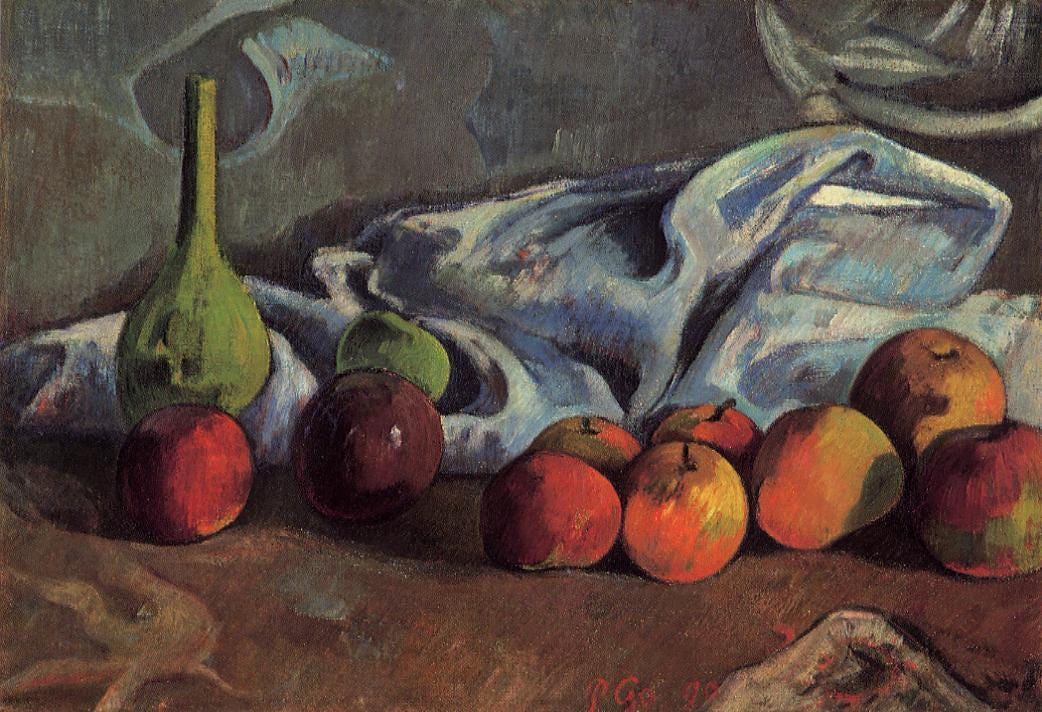Sixty minutes in an Apple store
More focus aerobics
—The store is immense, airy, somewhat ghostly.
—The ceiling is mirrored and very high above my head, tall enough to allow for two rows of eight bayrum trees, themselves quite tall, shading the computers and phones.
—I’m reminded of better airport gates, how high ceilings make people calmer, whe…
Keep reading with a 7-day free trial
Subscribe to Meditations in an Emergency to keep reading this post and get 7 days of free access to the full post archives.


